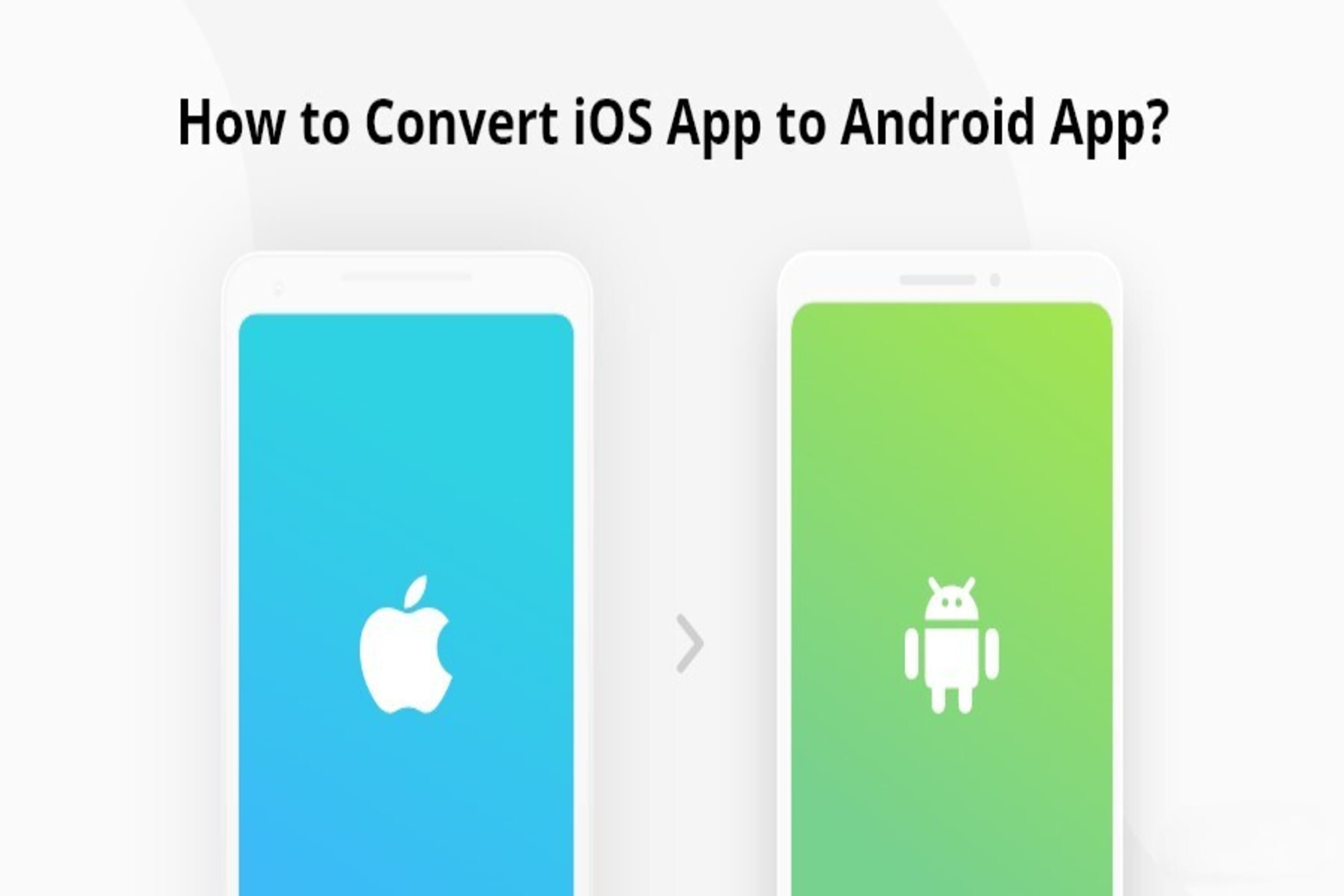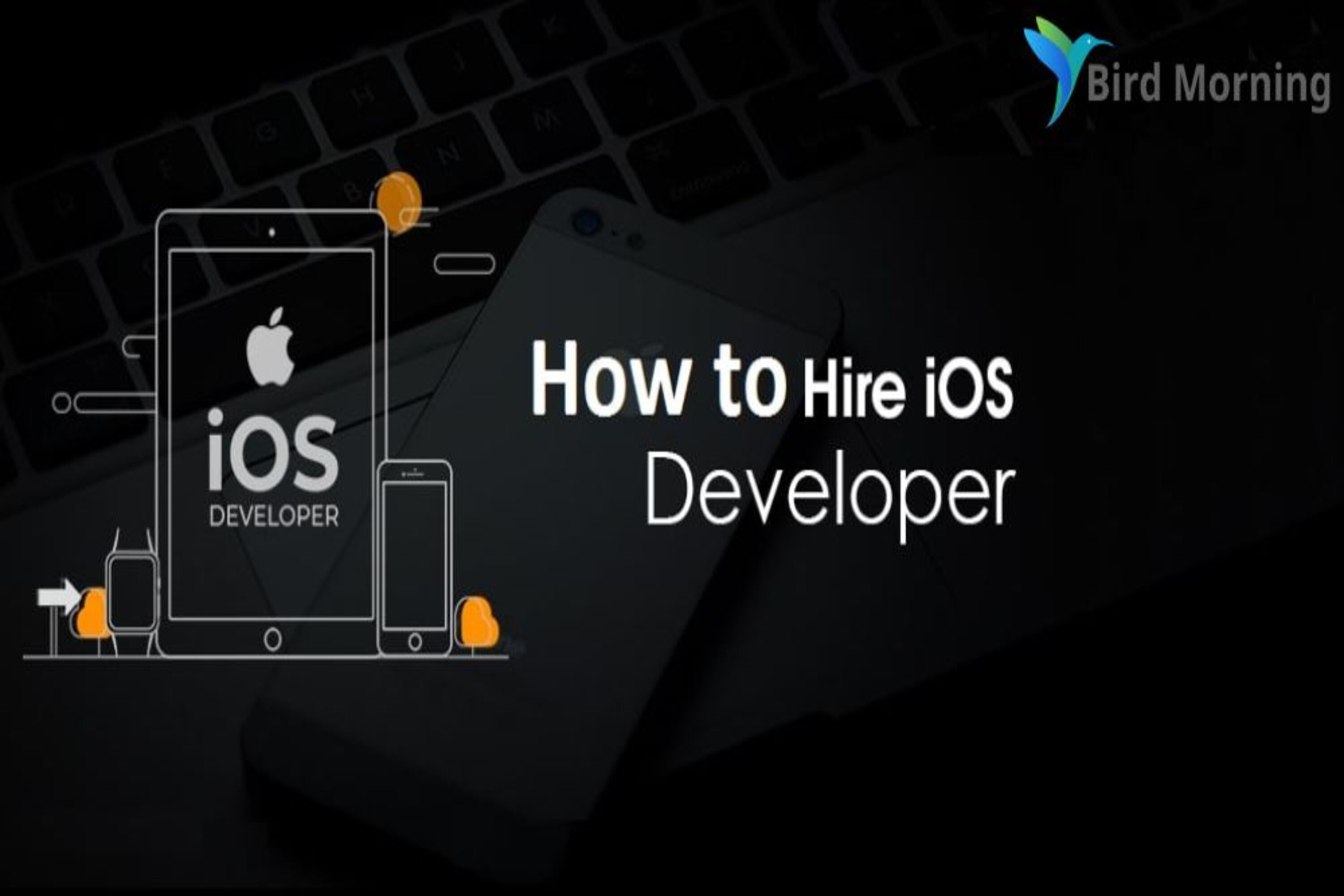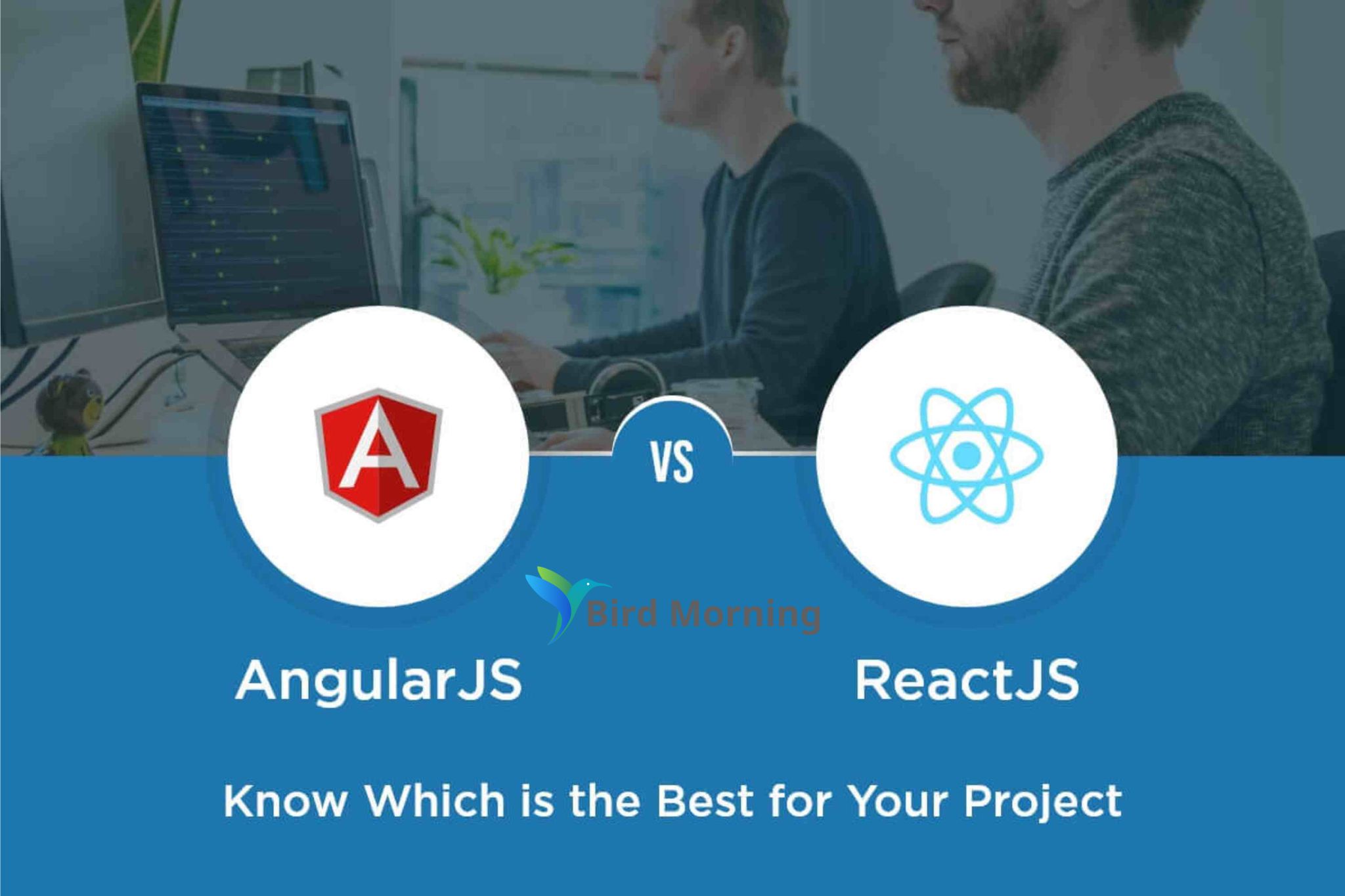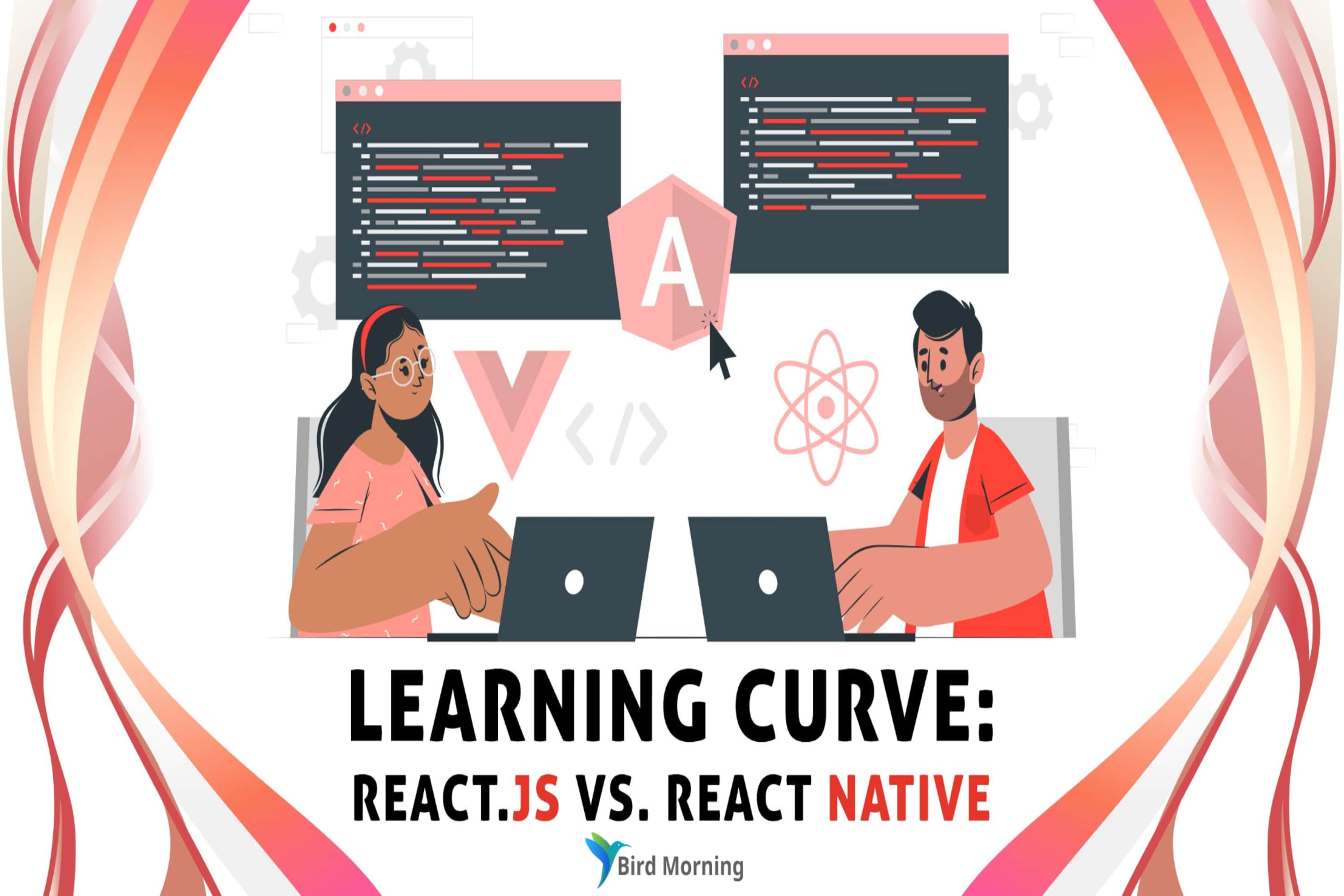How to convert an iOS App to an Android App in 2024?

Converting an iOS app to an Android app can be a complex process that requires careful planning and execution. While both iOS App Development and Android App Development are popular Mobile App Development Services, they have different programming languages, UI guidelines, and design principles. Therefore, simply porting an iOS app to Android may not yield the desired results.
In this blog post, we will provide a detailed guide on how to work on Mobile App Development to convert an iOS app to an Android app, covering important considerations and steps to ensure a successful conversion.
Step 1: Evaluate App Compatibility
The first step in converting an iOS app to an Android app is to evaluate app compatibility. Since iOS and Android have different programming languages, an app developed for iOS using Swift or Objective-C will need to be rewritten in Java or Kotlin for Android. Additionally, the UI and design elements of the app may need to be modified to comply with Android's Material Design guidelines.
It's also important to consider the differences in hardware and software capabilities between iOS and Android devices. For example, iOS devices have a limited number of screen sizes and resolutions, while Android devices come in various screen sizes and resolutions. As such, the UI elements and layouts may need to be adjusted to fit different Android screen sizes and resolutions.
Step 2: Plan the Conversion Process
Once you have evaluated the app's compatibility, the next step is to plan the conversion process. This involves identifying the key components of the app, such as the UI, business logic, data models, and third-party libraries, and understanding how they will need to be modified for Android.
Here are some important considerations to keep in mind during the Mobile App Website Development planning phase:
- UI: Android follows Material Design guidelines, which differ from iOS's Human Interface Guidelines. The UI elements, such as buttons, navigation, and menus, may need redesigned to match Android's design principles.
- Business Logic: The business logic of the app, such as data processing, networking, and storage, will need to be rewritten in Java or Kotlin, the primary programming language for Android. If the iOS app uses any iOS-specific APIs or frameworks, they will need to be replaced with their Android equivalents.
- Data Models: If the iOS app uses Core Data or any other iOS-specific data storage mechanism, the data models will need to be redesigned to use Android's SQLite or other data storage options.
- Third-Party Libraries: If the iOS app uses any third-party libraries or SDKs that are not available for Android, alternatives will need to be identified and integrated into the Android app.
- Testing: A comprehensive testing plan should be developed to ensure that the converted app functions correctly on various Android devices with different screen sizes, resolutions, and operating system versions.
Step 3: Modify the Code
Once the planning phase is complete, the next step is to modify the code of the iOS app to make it compatible with Android. This involves rewriting the app's UI, business logic, data models, and other components using Java or Kotlin. For this you need an Android Development Company/iPhone App Development Company to have better results.
- Rewrite UI: The UI elements of the iOS app will need to be redesigned to comply with Android's Material Design guidelines. This may involve redesigning buttons, navigation, menus, and other UI components to match Android's UI patterns.
- Rewrite Business Logic: The business logic of the app, such as data processing, networking, and storage, will need to be rewritten in Java or Kotlin. Any iOS-specific APIs or frameworks used in the iOS app will need to be replaced with their Android equivalents.
- Redesign Data Models: If the iOS app uses Core Data or any other iOS-specific data storage mechanism, the data models will need to be redesigned to use Android's SQLite or other data storage options. The data models may also need to be modified to account for differences in data handling between iOS and Android, such as variations in data types, serialization, and deserialization.
- Replace Third-Party Libraries: If the iOS app uses any third-party libraries or SDKs that are not available for Android, alternatives will need to be identified and integrated into the Android app. This may involve finding equivalent libraries or re-implementing certain functionalities from scratch.
- Adjust for Device Fragmentation: Android devices come in various screen sizes, resolutions, and hardware configurations, which can result in device fragmentation. As such, the app's UI and layouts may need to be adjusted to accommodate different screen sizes and resolutions, and the app should be thoroughly tested on different devices to ensure proper functionality.
- Localization: If the iOS app is localized for multiple languages, the same localization should be implemented in the Android app as well. This may involve translating strings, updating layouts, and adjusting date/time formats to match Android's localization standards.
- Testing and Debugging: Rigorous testing and debugging are crucial during the code modification phase. The converted Android app should be thoroughly tested on different Android devices, operating system versions, and network conditions to identify and fix any issues or bugs.
Step 4: Adapt UI and Design
As mentioned earlier, Android App Development Services follows Material Design guidelines, which differ from iOS App Development Services’ Human Interface Guidelines. Therefore, the UI and design of the app will need to be adapted to comply with Android's design principles.
Here are some key considerations for adapting the UI and design:
- Navigation: Android uses a different navigation pattern compared to iOS, with a back button and a navigation drawer being common elements. The app's navigation should be updated to match Android's navigation patterns.
- App Bar: Android typically uses an app bar with a toolbar for displaying the app's title, action buttons, and other relevant information. The app's app bar should be updated to match Android's app bar design.
- Icons and Graphics: Android uses a different set of icons and graphics compared to iOS. The app's icons, images, and graphics should be updated to match Android's iconography and design standards.
- Typography: Android has its own set of typographic guidelines, and the app's typography should be updated to match Android's typography standards.
- UI Patterns: Android has its own set of UI patterns, such as swipe gestures, floating action buttons, and bottom sheets, which may need to be incorporated into the app's UI to match Android's design patterns.
Step 5: Test and Optimize
After the code modification and UI adaptation are complete, thorough testing of the converted Android app is essential. The app should be tested on different Android devices, operating system versions, and network conditions to ensure proper functionality, performance, and compatibility.
During testing, issues such as layout inconsistencies, UI glitches, performance bottlenecks, and crashes should be identified and fixed. The app's performance should also be optimized to ensure smooth performance on various Android devices.
Step 6: Update App Store Listings and Assets
Once the testing and optimization are complete, the app's app store listings and assets should be updated to reflect the changes made during the conversion process. This includes updating the app's title, description, screenshots, and promotional assets to match the Android version of the app.
Step 7: Launch and Monitor
After completing all the necessary updates and optimizations, the converted Android app is ready for launch. The app should be submitted to the Google Play Store and made available for download by Android users.
Once the app is live, it's important to monitor its performance, user feedback, and ratings by any Mobile App Development India. Any issues or bugs reported by users should be addressed promptly to ensure a positive user experience.
Conclusion:
Converting an iOS app to an Android app is a complex process that requires careful planning, thorough execution, and rigorous testing. It's essential to understand the differences between iOS and Android platforms and make the necessary adjustments to ensure the Android app's functionality, performance, and user experience.
With proper planning and execution by a popular Mobile App Development India, a successfully converted Android app can expand the reach of your app to a wider user base and maximize its potential for success in the Android market.





